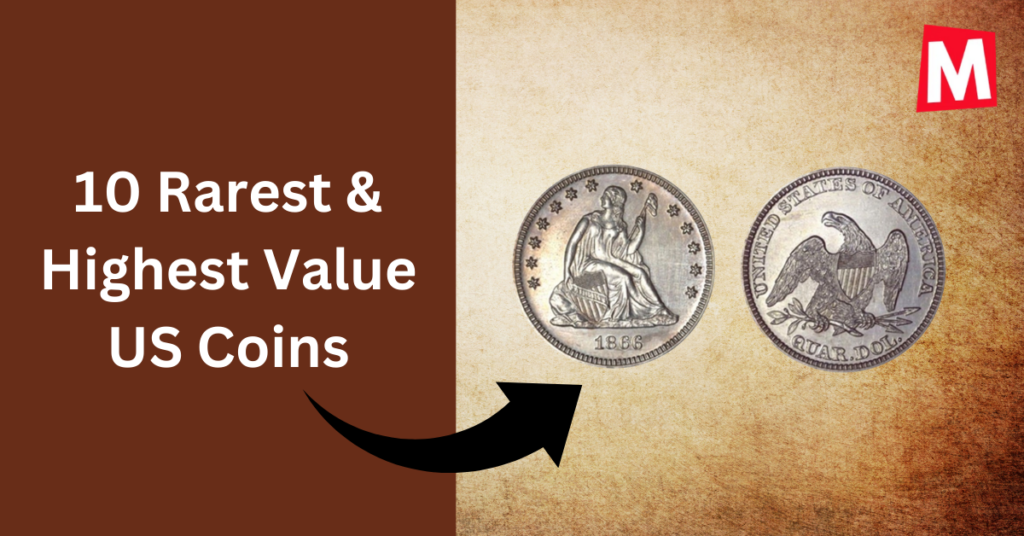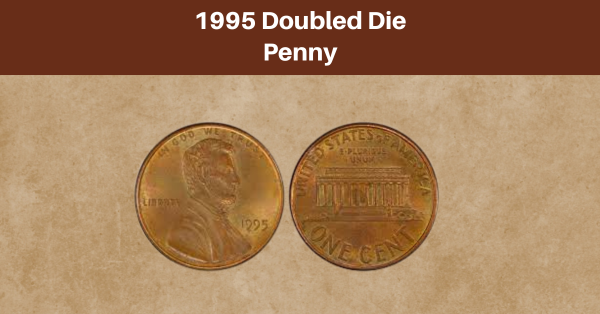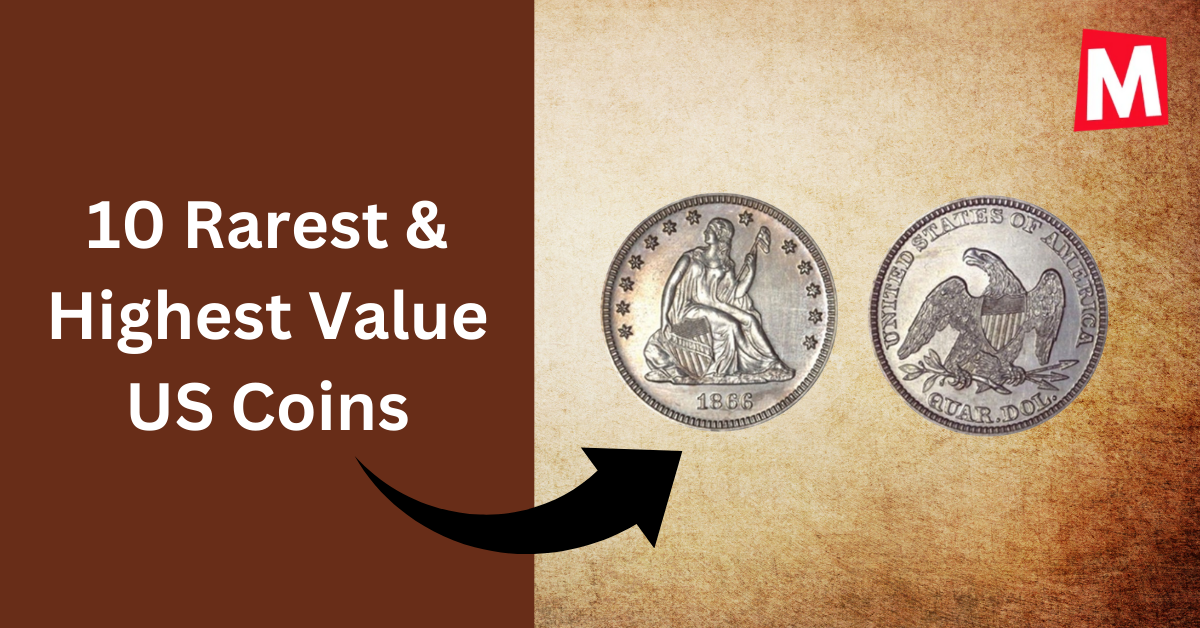Ever think a simple coin could make you rich? Imagine finding something in your change that turns out to be worth thousands—or even millions! Coins are more than just pocket money; some are rare treasures hiding in plain sight. Curious to know which ones? Let’s explore 10 of the rarest and highest-value US coins and why collectors can’t get enough of them. Got your change jar ready to check?

10 Rarest & Highest Value US Coins
1. 1943 Lincoln Copper Penny
Most 1943 pennies were made of steel due to World War II’s copper shortage, but a few were mistakenly struck in copper. These rare copper pennies are like the golden tickets of coin collecting.
Value: One sold for $1.7 million! Can you believe a simple penny could be worth that much?
2. 1955 Doubled Die Penny
This penny has an eye-catching mistake: the letters and numbers on the front look like they have a shadow. This happens due to a doubling error during minting.
Value: These can sell for over $1,000, depending on their condition. Do you ever inspect your pennies closely? Maybe it’s time to start!
3. 1969-S Doubled Die Penny
Another doubled die penny, but this one has a more dramatic error. You’ll notice the doubling in “LIBERTY” and “IN GOD WE TRUST.” It’s a must-have for collectors!
Value: These pennies can go for $10,000 or more. How amazing would it be to find one in your collection?
10 Rare Coins to Add in Your Collection
10 Rare Coins to Add in Your Collection
4. 1999 Wide AM Penny
Take a close look at the word “AMERICA” on the back of some 1999 pennies. If there’s a wide gap between the “A” and “M,” you’ve got the rare Wide AM variety.
Value: These can fetch $100 to $500. Ever thought a tiny design difference could make such a big impact?
5. 1982 No Mint Mark Dime
Most dimes have a mint mark showing where they were made, but some 1982 dimes from the Philadelphia Mint were struck without one. That simple omission makes them incredibly valuable.
Value: These can sell for $50 to $300. Would you recognize a dime without a mint mark?
6. 1992 Close AM Penny
This is the opposite of the Wide AM penny! On some 1992 pennies, the “A” and “M” in “AMERICA” are almost touching, creating the Close AM variety.
Value: These rare pennies can sell for up to $25,000 in mint condition. Wouldn’t it be cool to find one of these in an old coin jar?
7. 2004 Wisconsin Extra Leaf Quarter
Some 2004 Wisconsin quarters have an extra leaf on the corn stalk. Depending on its position, it’s called a High Leaf or Low Leaf variety, and both are collector favorites.
Value: These can sell for $100 to $300. Have you ever noticed an extra detail on a coin design before?
8. 1972 Doubled Die Penny
This penny has a more subtle doubling error compared to others, but you can spot it on the lettering with a magnifying glass. It’s a hidden gem for collectors.
Value: These pennies can go for $300 to $1,000. Would you ever take the time to look for tiny details like this?
9. 1944 Steel Penny
Most 1944 pennies were made from copper, but a few were accidentally struck on leftover steel planchets from 1943. These rare coins are incredibly valuable.
Value: These can fetch over $100,000! from sources mentioned on yahoo Imagine finding one of these in an old collection. Wouldn’t that be exciting?
10. 1995 Doubled Die Penny
Rounding out the list is another doubled die penny! Look closely at the lettering on the front, especially “LIBERTY” and “IN GOD WE TRUST,” for signs of doubling.

Value: These can sell for $50 to $200. Have you ever wondered how these small mistakes turn into big treasures?
Final Thoughts
Coins are more than just spare change—they’re tiny time capsules with stories and surprises. Whether it’s an error coin or a rare design, you never know what might be hiding in your pocket. Why not take a closer look at your change? Who knows—you might just find one of these valuable treasures. Which coin on this list would you love to discover? Let me know—I’d love to hear about it!
